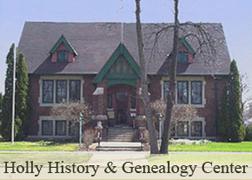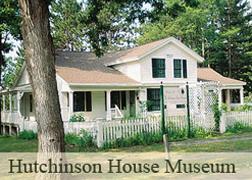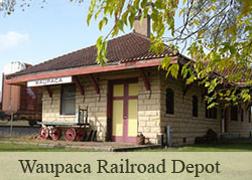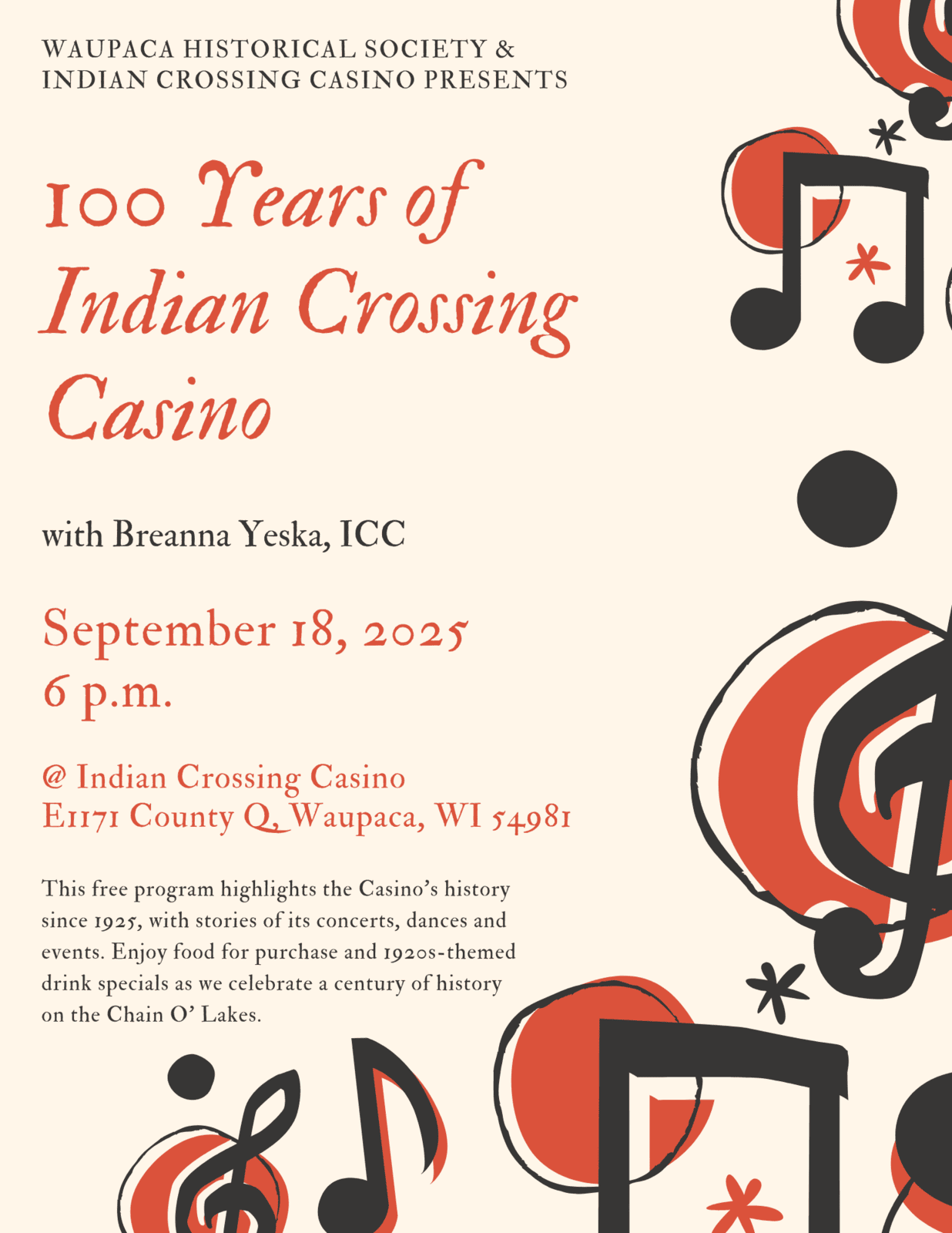
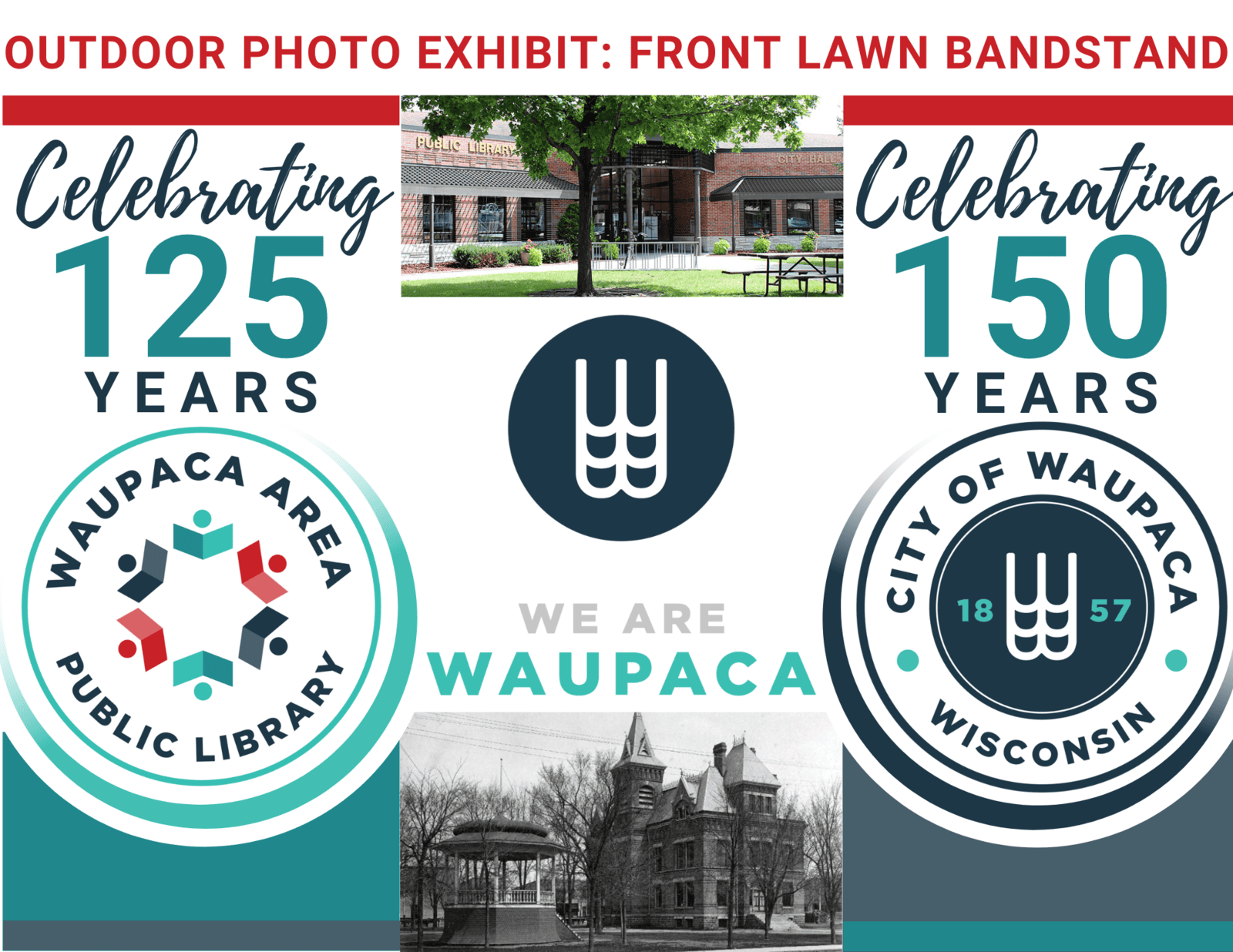
Keeping History Alive
Waupaca and the Chain O'Lakes
About 100,000 years ago, much of North America was covered in glaciers. As these glaciers moved, they carved hills, bluffs, lakes and rivers into the landscape. By 10,000 BCE, the first people—ancestors of the Menominee—had reached Wisconsin, with some settling around Waupaca and the Chain O’Lakes.
The Waupaca area, along with the Chain O'Lakes, were long home to the Menominee Indian tribe and are the ancestral homeland of the Menominee peoples. The Menominee and Ho-Chunk, as well as others of the 12 American Indian Nations of Wisconsin, cared for the lakes, rivers and forests of our state. The Waupaca River's falls and the nearby lakes provided an abundance of water, vegetation and wildlife for peoples here and traveling through. For many years, the Menominee moved around the area as the seasons changed, traveling from their villages, likely on Taylor and Otter Lakes, to camps on the Waupaca River.
By the 1830s, the largely uncharted lands in Wisconsin had attracted the interest of white settlers. In a series of seven treaties, the Menominee ceded their lands to the United States. The final treaty, in 1848, relinquished the last of the Menominee’s land, which included Waupaca.
In June 1849, the first white settlers--five men from Vermont--traveled from Plymouth, Wis., to Waupaca, looking for "the falls." The men claimed land along the Waupaca River at what is now North Main Street in the city of Waupaca. These early settlers came to Waupaca looking for the "The Falls" that they'd heard so much about. Eventually the settlement took its name from a Menominee word “Wāpahkoh” meaning, “Place of Tomorrow Seen Clearly.” The word also denotes a place in the Menominee language, not a person’s name or title.
Waupaca steadily grew around the water, harnessing the power of the falls and welcoming many more settlers, including many Danish and Scandinavian immigrants. At the same time, settlement on the Chain O'Lakes--in the townships of Dayton and Farmington--began, largely first as a farming community. Before long, residents and visitors alike discovered the beauty of the 22 interconnected spring-fed lakes, and tourism took off on the Chain O'Lakes.
The Waupaca Historical Society, located in downtown Waupaca on Main Street, strives to preserve the rich history of both Waupaca and the Chain O'Lakes while educating and informing the public.
Visit one of our four historic buildings today and let us help you discover Waupaca's past today!
Celebrating 150 Years of the City of Waupaca

Title
Looking southeast down Union Street from Main Street, 1870

Title
Main Street, looking south from Badger Street, 1870

Title
South Main Street across from Courthouse Square, 1870

Title
Waupaca River, behind North Main Street looking northeast, 1903

Title
Waupaca Post Office on South Main Street, 1903

Title
North Main Street, looking south, undated

Title
Courthouse Square and Bandstand, 1915

Title
Parade on North Main Street, looking northeast, 1917

Title
North Main Street, looking south, 1930

Title
Water Fountain at Courthouse Square, 1943

Title
City Hotel on South Main Street, 1870

Title
Downtown Waupaca, undated

Title
North Main Street, looking northwest, 1956













Thank you for donating to the Waupaca Historical Society and helping us preserve Waupaca and Chain O'Lakes history!
Come visit us year-round at the Holly Center at 321 S. Main Street during our open hours on
Wednesday through Friday,
10 a.m. to 2 p.m.!
___________________________________
What's Happening at the Waupaca Historical Society
- NOW : Outdoor Photo Exhibit--Celebrating 150 Years of the City of Waupaca (around Bandstand in front of City Hall)
- Thurs., September 18, 6pm: "100 Years of the ICC" with Breanna Yeska (at Indian Crossing Casino)
- Sat., September 20, 9am to 3pm: Hutchinson House OPEN and Brat Fry at Fall-O-Rama, South Park
- Thurs., October 16, 6 pm: "Mead Murder" with J.J. Johnson
- Sat., October 18, 2-4 pm: Hike Through History at Lakeside Cemetery
Appointments outside of open hours at any WHS buildings can be made at least two weeks in advance by calling the Holly History and Genealogy Center at (715) 256-9980 or emailing
Tracy Behrendt at
